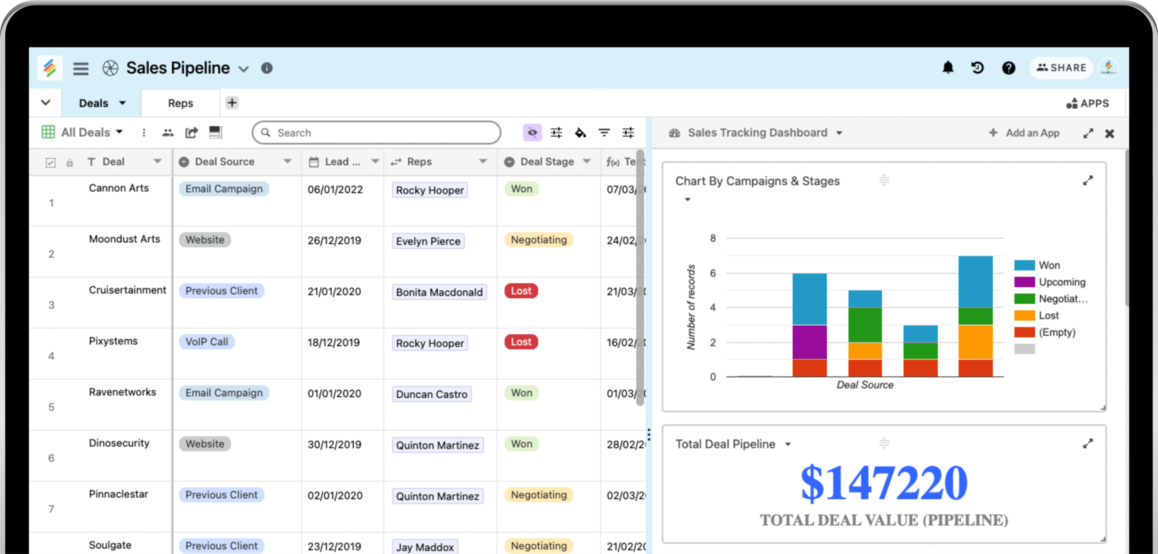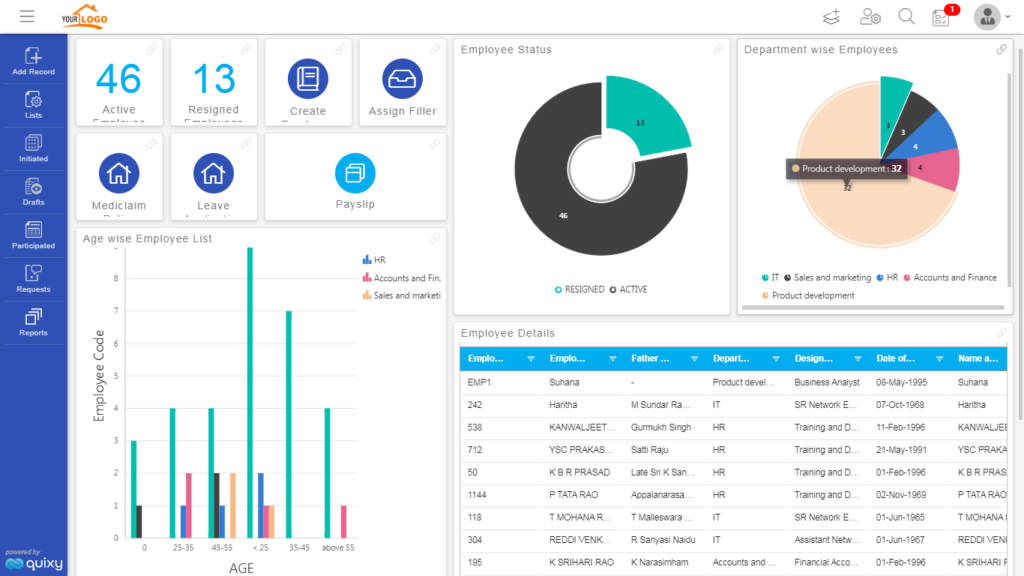Develop Open Platform Databases Conveniently with the Best No-Code Equipment Available
Develop Open Platform Databases Conveniently with the Best No-Code Equipment Available
Blog Article
Checking Out the Advantages of Scalable Databases That Need No Coding Abilities for Effective Information Monitoring Solutions
The introduction of scalable databases that eliminate the requirement for coding abilities presents a transformative opportunity for organizations looking for reliable information management remedies. By making it possible for non-technical customers to harness the power of data with intuitive interfaces, these systems enhance access and foster partnership across diverse teams. Their cost-effectiveness and adaptability to evolving organization demands can significantly streamline functional processes. As we consider the effects of such advancements, it becomes critical to take a look at how they can reshape the landscape of information monitoring and drive sustainable development in an affordable atmosphere.
Improved Accessibility for Individuals
Improved availability for individuals is a vital element of scalable databases, making sure that information administration systems are user-friendly and user-friendly. In an era where data-driven decisions are critical, access allows a bigger series of customers, consisting of those without extensive technical competence, to involve with data source systems successfully. This democratization of information gain access to helps with improved cooperation across departments, empowering staff members to remove understandings and make educated decisions.
User-friendly user interfaces, such as drag-and-drop attributes and visual data depiction, simplify intricate information interactions. These improvements minimize the learning curve connected with traditional data source management, making it possible for individuals to concentrate on leveraging information instead of facing technical complexities. Furthermore, scalable databases typically integrate personalized control panels and real-time analytics, offering individuals with prompt understandings tailored to their details needs.

Cost-Effectiveness and Resource Cost Savings
Efficient information administration not only depends upon accessibility however additionally on cost-effectiveness and source financial savings. Scalable databases made for users with no coding skills considerably reduce monetary problems usually associated with typical data source monitoring systems. By getting rid of the demand for specialized programs know-how, organizations can designate their sources more effectively, concentrating funds on core organization activities as opposed to extensive training or hiring skilled personnel.
Moreover, these data sources typically use cloud-based services, which better reduce prices connected to hardware and maintenance. Organizations can scale their data source remedies according to their demands, avoiding the costs incurred from over-provisioning resources. This versatility suggests organizations can adapt to changing demands without sustaining unnecessary expenses, causing substantial long-lasting cost savings.
In addition, easy to use user interfaces streamline information entrance and monitoring processes, decreasing the time invested in management tasks. This efficiency equates into labor expense financial savings, permitting groups to concentrate on strategic initiatives rather than routine maintenance. Overall, adopting scalable databases that require no coding skills fosters a more affordable method to data administration, making it possible for organizations to maximize their sources while keeping high degrees of functional effectiveness.
Improved Partnership Across Teams

Moreover, scalable databases assist in smooth communication among staff member. With straightforward interfaces that require no coding skills, workers can conveniently develop, modify, and share reports or dashboards tailored to their certain demands. This democratization of information encourages non-technical users to contribute understandings, boosting the collective environment.
In addition, these databases support simultaneous accessibility, allowing numerous customers to work with the exact same dataset all at once. This attribute improves efficiency, as groups can participate in joint data evaluation without the threat of variation control concerns. The capacity to leave remarks or notes straight directory within the data source additionally advertises dialogue and clears up data interpretations.
Streamlined Data Management Processes
In today's data-driven setting, companies identify the need of streamlined data monitoring refines to make the most of click here for info efficiency and precision. By leveraging scalable data sources that need no coding skills, companies can simplify their data handling and minimize the complexities typically connected with conventional data source systems. This availability equips non-technical users to engage straight with information, facilitating quicker decision-making and minimizing dependence on specialized IT employees.
Structured information monitoring procedures enhance operations by automating regular tasks such as information entrance, validation, and coverage. Automated data assimilation makes sure that information from numerous sources is accumulated effortlessly, eliminating silos and cultivating a merged view of essential company metrics (no-code). Furthermore, straightforward interfaces permit personnel to adjust data conveniently, enabling them to create insights that drive calculated initiatives without the requirement for extensive training.
This efficiency not just increases functional procedures but likewise decreases the potential for human mistake, making certain that data stays exact and dependable. Ultimately, streamlined information monitoring processes through scalable databases cause boosted productivity, enabling organizations to concentrate on core tasks while ensuring that their data administration methods are reliable and effective.
Scalability for Expanding Businesses

For broadening enterprises, the ability to scale up or down is essential. A scalable database can take care of an increase of information generated from new consumers, items, or services, guaranteeing that business procedures stay undisturbed. Furthermore, these databases provide the capacity to handle peak loads efficiently, which is crucial throughout periods of quick growth or seasonal spikes.
In addition, numerous scalable data source options are developed with straightforward user interfaces that require no coding skills, equipping non-technical staff to take care of information efficiently (no-code). This democratization of information administration allows companies to allocate sources strategically and lower reliance on continue reading this specialized IT employees
Ultimately, taking on a scalable database not just enhances functional efficiency however also promotes an environment where services can advance and innovate without the restraints of traditional data source systems. This flexibility positions organizations for long-term success in today's competitive landscape.
Verdict
To conclude, scalable databases that need no coding abilities provide considerable benefits for reliable data administration. These systems improve access for non-technical users, decrease operational expenses, and promote collaboration throughout groups. By enhancing information administration processes and supplying scalability for growing services, such solutions make it possible for companies to adjust to transforming needs properly. Eventually, the adoption of these user-friendly databases cultivates advancement and placements services for long-lasting success in a vibrant atmosphere.
Improved ease of access for individuals is a critical element of scalable databases, making sure that data monitoring systems are user-friendly and intuitive.User-friendly interfaces, such as visual information and drag-and-drop attributes representation, streamline complex information interactions. Overall, embracing scalable databases that call for no coding skills fosters a much more cost-effective strategy to information administration, making it possible for companies to maximize their sources while maintaining high levels of operational performance.
By leveraging scalable data sources that need no coding abilities, businesses can streamline their information handling and minimize the complexities usually linked with typical database systems - no-code.Structured data monitoring processes enhance workflow by automating routine tasks such as data entrance, validation, and coverage
Report this page